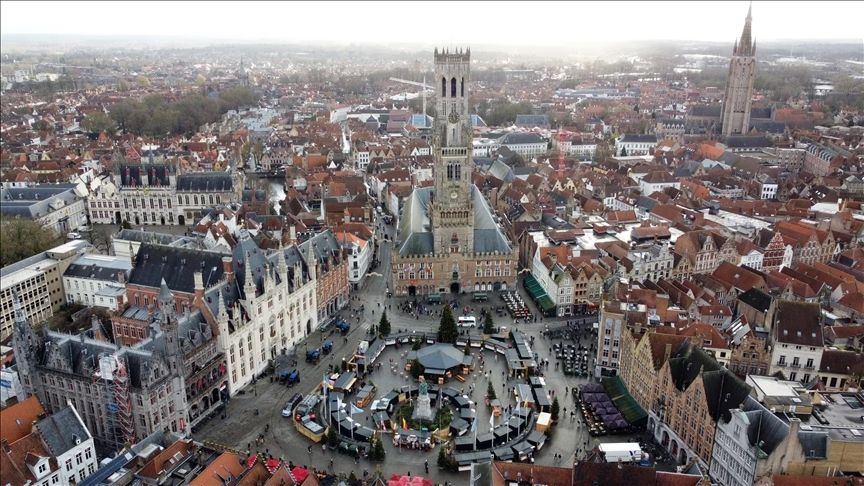Authorities raise concerns over the loss of Bruges’ centuries-old stones, a threat to both heritage and public safety.
Bruges, Belgium — The cobbled streets of Bruges, one of Europe’s best-preserved medieval cities and a UNESCO World Heritage site, are mysteriously losing pieces of their iconic identity. City officials have reported that dozens of historic cobblestones are disappearing each month, with tourists likely to blame.
A Growing Problem in the Heart of the City
According to Franky Demon, the city councilor responsible for public property, an estimated 50 to 70 stones go missing monthly from key historic areas such as Minnewater, Vismarkt, Markt, and the Gruuthuse Museum district.
“The real number could be even higher,” Demon stated. “Thefts tend to spike during the spring and summer months, when tourist footfall peaks.”
The stolen cobblestones are believed to be taken as unusual “souvenirs.” However, the city warns that these seemingly harmless acts of theft pose serious risks.

Why These Stones Matter
The cobblestones of Bruges are not just decorative. Many date back to the 14th and 15th centuries, forming a living archaeological layer beneath the modern city. They are tangible links to the region’s past, reflecting its medieval urban planning and craftsmanship. Removing these stones not only damages the physical landscape but severs a connection to centuries of history.
Safety and Cost Concerns
Missing stones create dangerous gaps on pedestrian paths, increasing the risk of trips and falls.
“Our workers constantly repair sunken stones and fill holes. The restoration costs can reach €200 per square meter, adding a significant financial burden,” Demon said.
A Widespread Issue Across Europe
The problem is not unique to Bruges. Across Europe, tourists have taken pieces of historic infrastructure: from cobbles along the Paris–Roubaix cycling route to Rome’s famous “sampietrini” paving stones. Even Sardinia’s pink sand beaches have been looted grain by grain.
This growing trend highlights a need for greater awareness around cultural heritage ethics.
“Leave the Stone Where It Belongs”
The city has begun exploring new preventive measures, including surveillance, signage, and visitor education campaigns.
“Anyone walking the streets of Bruges is walking through living history,” said Demon. “We’re not asking for much—just respect. Leave the stones where they belong.”
Cover Image Credit: © Elijah G





